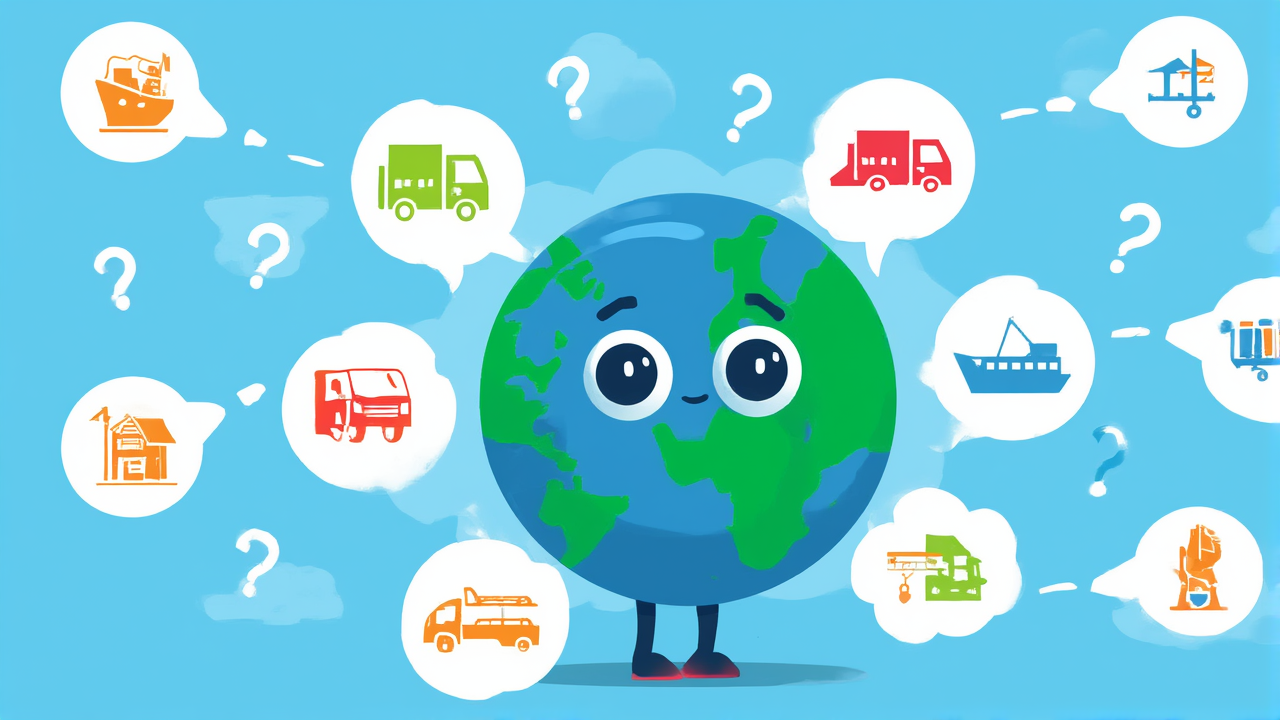Hey there, ever wondered about those fancy economic terms you hear on the news, like “tariff”? Sounds complicated, right? Well, today, we’re going to break it down for you, making it super easy to understand!
So, what exactly is a tariff? Think of it like a special tax. It’s a tax that one country puts on goods and services coming in from another country. Imagine buying a toy made overseas; a tariff means that toy costs a little extra because of this special border tax.
But why do countries do this? There are a couple of main reasons. First, to protect their own businesses and industries. If imported goods are cheaper, local companies might struggle. A tariff makes imports more expensive, leveling the playing field. Second, governments can earn revenue from these taxes!
Let’s use an example. Imagine your country makes cars, and they cost $25,000. Another country exports similar cars for only $20,000. Without a tariff, everyone might buy the cheaper imported car. But if your government adds a $5,000 tariff, now both cars cost $25,000. Suddenly, the local car looks more appealing!
So, what are the effects? On the one hand, tariffs can help local industries grow, create jobs, and keep money within the country. On the other hand, for you, the consumer, it often means higher prices for imported goods. It can also lead to less variety and even, sometimes, other countries putting tariffs on your country’s exports.
So, there you have it! A tariff is essentially a border tax on imported goods. It’s a tool governments use with various goals in mind, from protecting local businesses to collecting revenue, but it always has an impact on prices and choices. Hope that made tariffs a little less mysterious! Don’t forget to like, share, and subscribe for more easy explanations!

